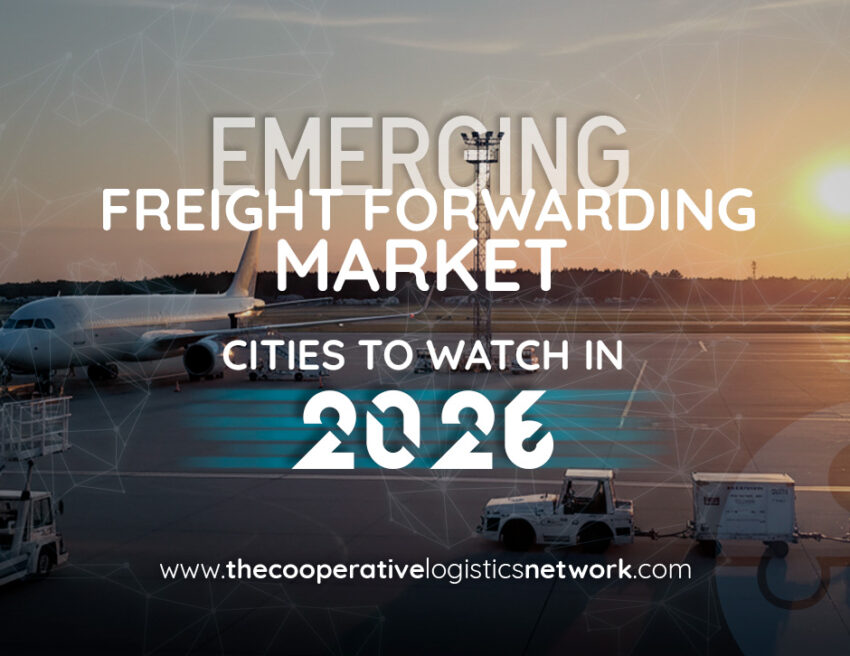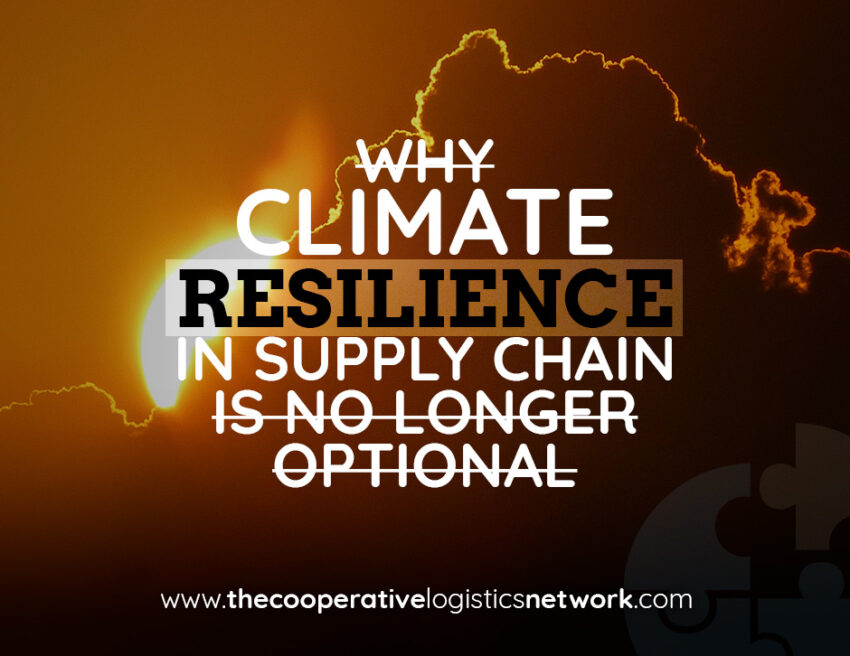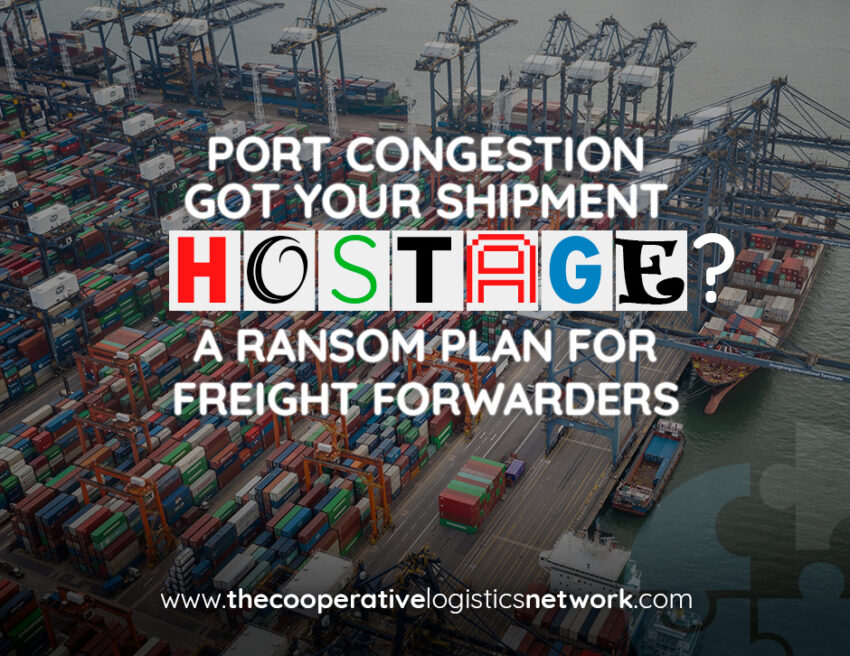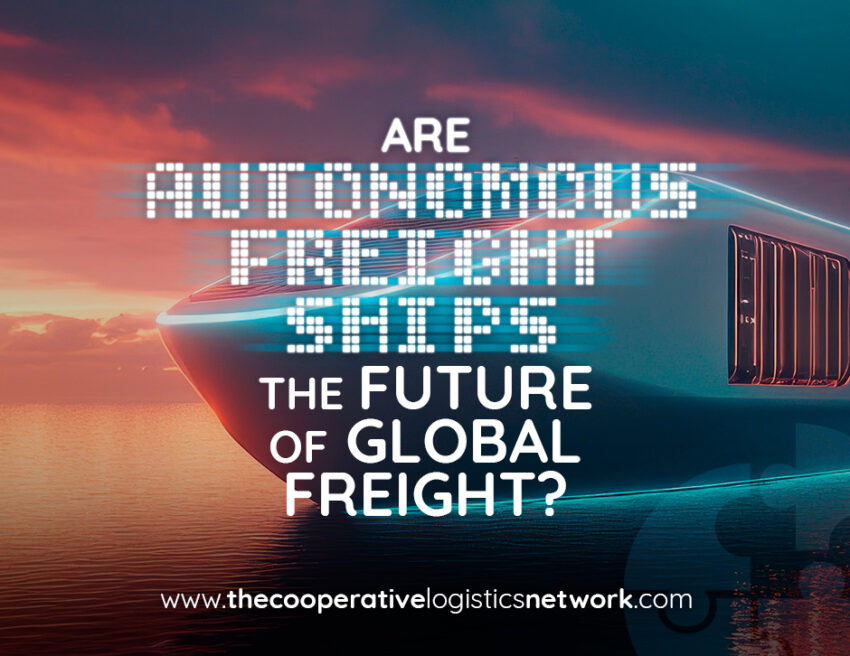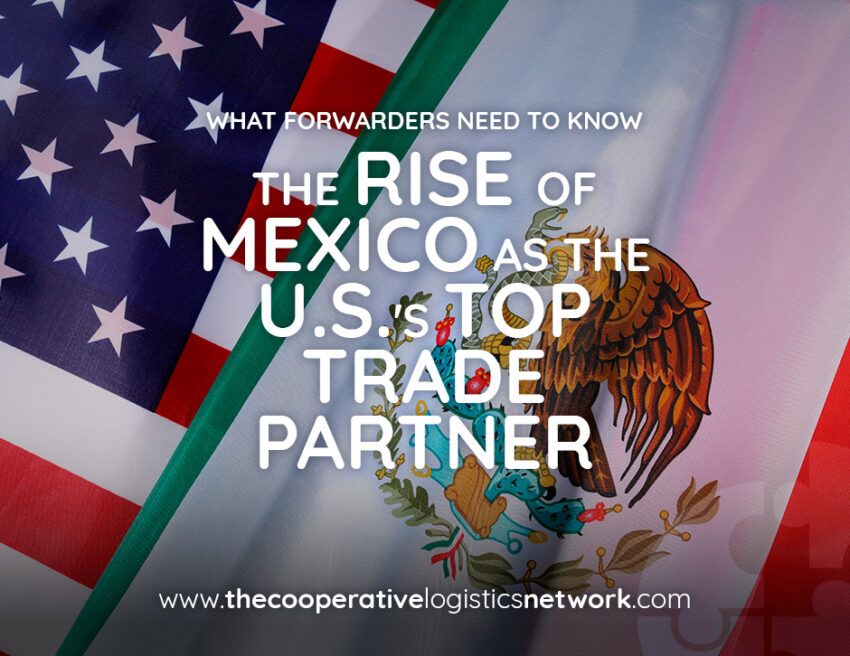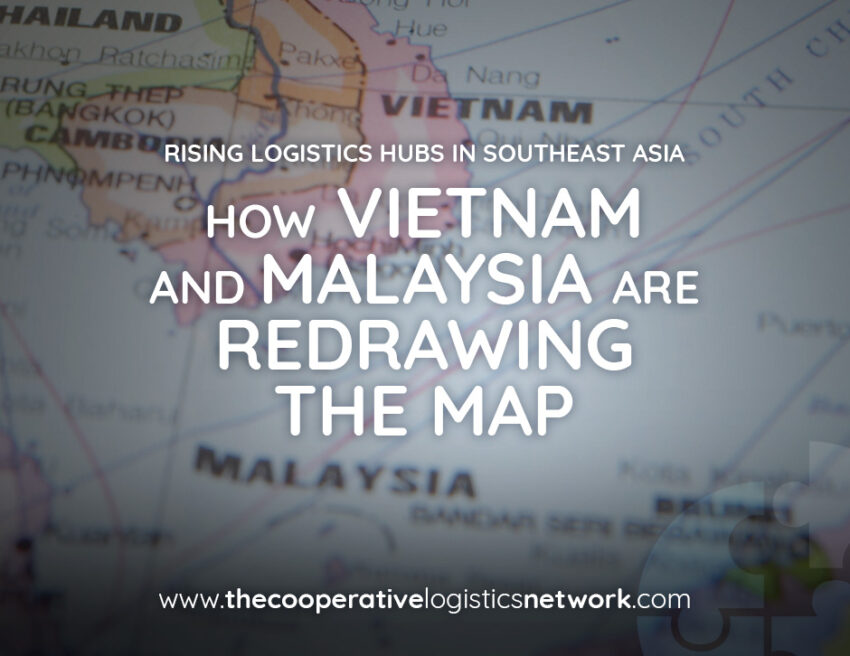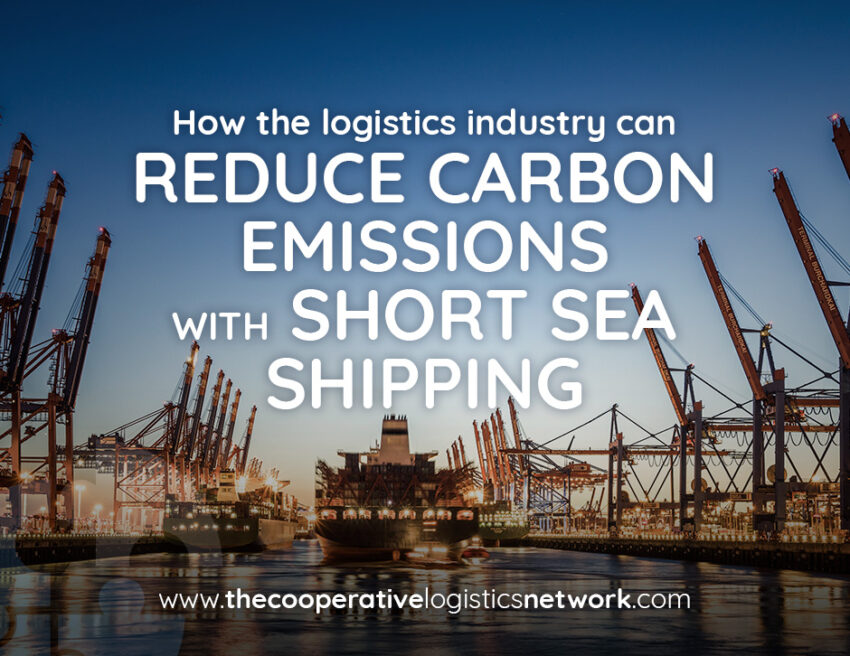As 2026 approaches, the emerging freight forwarding market is shifting rapidly, with new cities positioning themselves as major logistics hubs. For freight forwarders, these cities represent an opportunity to capture fresh demand, diversify trade lanes, and expand their client base. The question is: which cities should you be watching, and how can you prepare to…
The Cooperative blog
Category: Logistics articles
Emerging Sea Freight Routes Every Freight Forwarder Should Know
Sea freight still carries more than 80% of global trade by volume, and while established trade lanes like Asia–Europe and Trans-Pacific remain crucial, the real opportunities for forwarders lie in emerging sea freight routes. As new markets open up and global demand shifts, forwarders who spot these routes early can build profitable partnerships, optimize capacity,…
Why climate resilience in supply chain is no longer optional
Freight forwarders know delays are part of the job. But in recent years, the delays caused by extreme weather events have gone from occasional hurdles to massive, recurring disruptions. Floods, hurricanes, wildfires, and heatwaves are no longer “black swan” events. They’re becoming part of the baseline operating environment. What this really means is that supply…
Port congestion got your shipment hostage? A ransom plan for freight forwarders
The freight forwarder’s playbook for outsmarting port congestion in 2025 If you’ve been in freight forwarding long enough, you know the drill, more often than not, your container finally reaches the port… and then just sits there. Days pass. The tracking updates are frozen. Clients are calling. The port looks more like a parking lot…
Why clients ghost freight forwarders (and what to do about it)
If you’ve been in the freight forwarding business for more than five minutes, chances are you’ve dealt with it: a promising lead suddenly stops replying. The emails go unanswered. The phone calls hit voicemail. That once-eager prospect you spent days quoting and following up with? Gone. No explanation, no warning, no deal. This silent disappearance,…
Are autonomous freight ships the future of global freight?
The ocean freight sector is no stranger to transformation. From the rise of containerization in the 1950s to today’s digital platforms streamlining customs clearance and shipment tracking, maritime logistics has always evolved with the times. But now, it’s facing a potentially seismic shift—one that could redefine the very nature of ocean freight forwarding: the rise…
The rise of Mexico as the U.S.’s top trade partner: What forwarders need to know
In 2024, Mexico officially became the United States’ top trading partner, surpassing China for the first time in decades. This isn’t just a data point but a signal of deep shifts in global trade, manufacturing strategies, and logistics networks. For freight forwarders in the USA, it’s a moment of both challenge and opportunity. Understanding what’s…
Rising logistics hubs in Southeast Asia: How Vietnam and Malaysia are redrawing the map
For years, Singapore has been the uncontested kingpin of maritime trade in Southeast Asia. But look a little closer, and you’ll see a shift underway. Vietnam and Malaysia are now investing heavily in port infrastructure, trade facilitation, and regional connectivity. As shipping routes evolve and demand grows, new logistics hubs in Southeast Asia are emerging…
How the logistics industry can reduce carbon emissions with short sea shipping
The logistics sector is under pressure to clean up its act. Road freight is fast and flexible, but it comes at a cost, rising fuel bills, congested highways, and a heavy carbon footprint. For freight forwarders trying to balance efficiency with environmental responsibility, the old ways aren’t cutting it anymore. That’s where short sea shipping…
Port congestion in Europe 2025: What freight forwarders need to know
The congestion in European ports in 2025 has reached a critical level, disrupting trade routes across the continent and creating ripple effects far beyond the region. Major ports in Northern Europe such as Bremerhaven, Antwerp, Hamburg, and Rotterdam, are experiencing severe delays, with average berth waiting times increasing between 37% and 77% in just a…


